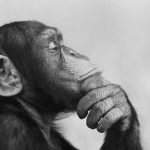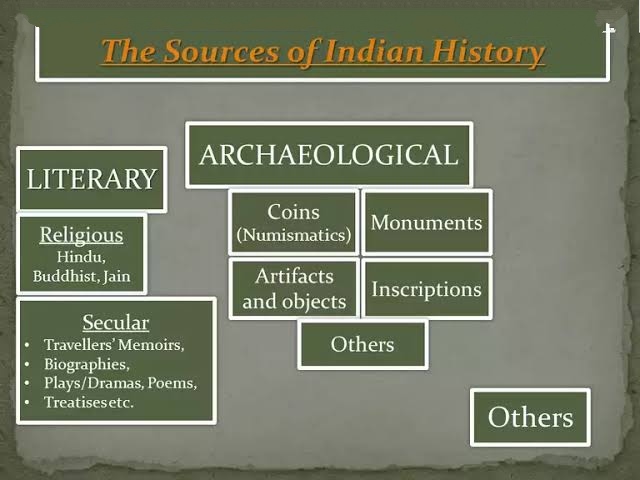
Sources of Ancient Indian History
Greek and Latin Sources, and their reliability
List of Sources
- Megasthenes was the ambassador of Seleucus Nikator. He roamed some parts of India and wrote Indica. Indica does not survive today. We get to know of its contents through quotes of later era Roman writers.
- Diodorus’s Library of History
- Strabo’s Geography
- Arrian’s Indika
- Pliny the Elder’s Natural History
- Periplus Maris Erythraei (generally called Periplus of the Erythrean Sea)
- Ptolemy’s Geography
Ishita Kishore UPSC Topper Booklist
Facts about India
The source are reliable as they talk of wide ranging facts about India
- Megasthenes describes Pataliputra city, rivers, climate, soil, plants and animals, society and administration of king Sandrocottus (Chandragupta Maurya)
- Arrian quotes Nearchus who mentions Indians as wearing cotton clothes which look even more whiter due to the dark complexion of Indians.
- Greeks mentioned worship of Gods like Heracles or Vasudeva Krishna.
- They also talked of similarity of world views of Brachmenes or Brahmins and Greeks.
- They even compared India to Europe and Egypt. They compared Ganga and Indus with Danube and Nile.
However, some descriptions are either unreal or idealistic.
- Unrealistic- Strabo mentions impossible things- Indians have long ears, no nose, ants dig up gold to surface, Indians survive only on roasted flesh, etc. He also says Indians were unaware of the art of fusing metals
- Idealistic- Megasthenes mentions no slavery in India and 7 classes of people which is quite contrary to literary evidence. He also mentions there was no one harmed farmers during wars. Arian says Indians did not borrow or lend money on interest.
Overall, the Greek and Roman writings should be taken with a pinch of salt because-
- Apart from Megasthenes, no writer actually visited India.
- Most writings are double-filtered accounts- written by Megasthenes and then quoted by Roman writers
- The Greeks believed in all kinds of absurd tales since their motive of writing was to entertain their people,
- They failed to grasp Sanskrit words which creates confusion. For example- Chandragupta is written as Sandrocottus, Patliputra as Palimbothra, etc
- In words of Arian himself- “my design in drawing up the narrative was not to tell about customs of Indians but how Alexander conveyed his army from India to Persia. Let this be taken as a mere episode”
Arthashastra as source

• Arthashastra is a treatise on statecraft and polity which guides a to-be conquerer or Vijigishu about state administration. It deals with various issues ranging from internal administration, tax system, justice and punishment, espionage, foreign policy and diplomacy, duties of officials and the king, etc
The two main questions about Arthashastra as a source of history are about its authorship and time of composition
Authorship
- There is a view that Vishnugupta, Kautilya and Chanakya are different persons
- The Arthashastra itself declares being written by Kautilya. Moreover, all the later texts like Bana’s Kadambari, Vishakhdatta’s Mudrarakshasa, Nitisara of Kamandaka unequivocally name the author as Kautilya, without any confusion
- Historian Kangle has suggested that Vishnugupta was his personal name, Kautilya his pen name and Chanakya his patronym.
Time of composition
- Many claim Arthashastra is a tradition and not text. It means various chapters got added by different authors in different era
- Thomas Trautman has studied the frequency of certain Sanskrit words and concluded that the text had multiple authors and was compiled finally by 250CE
However, we can firmly place Arthashastra in 3rd century BCE because
- Study of Trautman is based on frequency of words. Frequency of words can vary according to the issue under consideration in the chapter and hence can’t be used for any conclusion
- Arthashastra does not mention Chandragupta, Nanda, Maurya empire, etc but the mention of Ajivijas, mention of Gana-Sanghas clearly places it in the Mauryan times
- Description of Patliputra and administration tallies with Megasthanes. Since
Megasthenes was the ambassador in Chandragupta Maurya’s times, Arthashastra can be dated to 3rd century BCE
Jatakas as a Source of History
- Jatakas form a part of the Buddhist canonical literature as a part of Sutta Pitaka.
- Jatakas are stories of ordinary people and in cases, of animals, which shed a light on the life of ancient times.
- Uma Chakravarti has pointed out that these stories might not delve deep in Buddhist philosophy but unambiguously convey a message related to Buddhist ethics. Thus, Jatakas become an important source of social history.
- Setaketu Jataka reveals a story where a Chandala challenged the orthodoxy by asking a brahmin to answer his question. He thus, humiliated the brahmin which shows that there were voices that were challenging orthodoxy.
- Jatakas reveal the life of women from queens to common women. Women of upper classes are frequently described as fickle minded and untrustworthy while in common people, women are shown to be helping their menfolk and enjoying small moments of pleasure. One Jataka talks of King Prasenjit bowing in front of a nun called Khema.
- Thus, Jatakas are a mirror to social conditions.
- They also provide certain historical information. Ekapanna Jataka talks of 7707 Rajas in Lichhavi assembly, Janudapana Jataka has earliest reference to Gana Sanghas, many Jatakas mention voyages to south east Asia.
- However, certain drawbacks exist. Since they are stories and not proper historical records, it is hard to say whether the details are real or figment of imagination. Moreover, the Jatakas exhibit a strong Buddhist bias which might result in deliberate vilification of Vedic orthodoxy.
Records of Fa Xian (405-411 CE)
- Fa Xian’s “A Record of Buddhist Kingdoms” is a travel record right from Central Asia, Afghanistan, Punjab, Ganga valley right up to Bihar.
It is a source of history because it talks of
- Details on Buddhism– He says he saw 3000 Buddhist monks belonging to Hinayana and Mahayana school in Afghanistan. A further 10000 monks lived in Punjab alone and while 20 monasteries existed in Mathura. He also visited important Buddhist places. He records that Gaya, Kapilvastu, Kushinara have been deserted.
- Political system– He makes no mention of Gupta king Chandragupta II who was the main ruler. He however, talks of the administration in Mathura. He says there are no corporal punishments and criminals are let off with only fines. He said the people did not need to attend to magistrates or their rules. The revenue of the king was derived from crown lands.
- Social life– People were numerous and happy. They did not kill any creature, nor drink any liquor or eat onions and garlic. This is a very idealized picture. He also talks of various charitable institutions donating to Buddhist Sangha.
- Chandalas– He says Chandalas are those who are called wicked and live apart from society. They have to sound clappers to intimate others of their presence.
- Religious life– He talks of a huge procession with a chariot of multiple storeys in Pataliputra. He mentions Pagodas erected in honour of Sutta, Vinaya and Abhidhamma Pitaka.
- Cities– He vividly describes Pataliputra. He talks about Ashoka’s grand palace with its big gates which shows Ashoka’s palace was still intact during times of Fa Xian.
- Overall, the chief objective of Faxian was to visit Buddhist places. Thus, his account is a great source for Buddhist history. He was an individual traveller and sent by no king. Thus, his account can be without any prejudice or compulsion to please political masters. His account also doesnt contain any improbable tales like Megasthenes.
Travels of Xuanzang (630 to 644 CE)
- The account of Xuanzang gives a variety of information about the social, economic and political aspects of India in 7th century. All the visits were his own. Being travelled fairly to all important places and having knowledge of local languages makes his account viable.
- However, he wrote his account under the patronage of the Chinese emperor far away to be affected by Indian reaction. Thus, a prejudice might be there. But overall, given the multiple descriptions of India, it can be considered as a source of history.
- Xuanzang visited Kashmir and the Punjab. He proceeded to Kapilavastu, Bodh-Gaya, Sarnath, and Kusinara. He studied in the University of Nalanda. He also travelled through the Deccan, Orissa and Bengal.
- Towns and cities– While travelling from Saket to Kapilvastu, he found deserted Buddhist monasteries but also found great centers of learning in Kannauj, Saketa, Lumbini, etc. This shows a general decline in Buddhism with a few patrons left. He mentions Shashanka of Palas as a major opponent of Buddhists. Overall, he talks of decline in urbanization too.
- Society– He tells us society was dominated by caste system. Brahmanas performed religious duties, Kshatriyas were governing class, Vaishyas were traders while Shudras took up agriculture. There were no intercaste marriages but different castes mingled freely. Butchers, executioners and scavengers lived outside cities and houses were marked. Practice of Sati was prevalent.
- Economy– Both gold and silver coins in vogue. The people are food grains, sugar, ghee, fruits and milk that shows general agricultural prosperity. Among the occupations, Indians manufactured cotton, silk and wool in a fine manner. He also mentions corporate organizations based on caste and occupations.
- Personal habits – The people are clean. They wash before eating. They dont eat leftover food. They are honest and not deceitful. They follow their oaths and promises diligently due to which crime rate is low.
- Administration– Harsha divided his income into 4 parts – govt expenses, salaries, money for learned and gifts. No corporal punishment existed but ears or nose were cut off. Taxes were light. Rivers and toll bars were opened for travellers. Harsha toured his kingdom
- Description of Nalanda given by Xuanzang is also accurate.

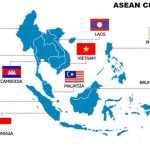

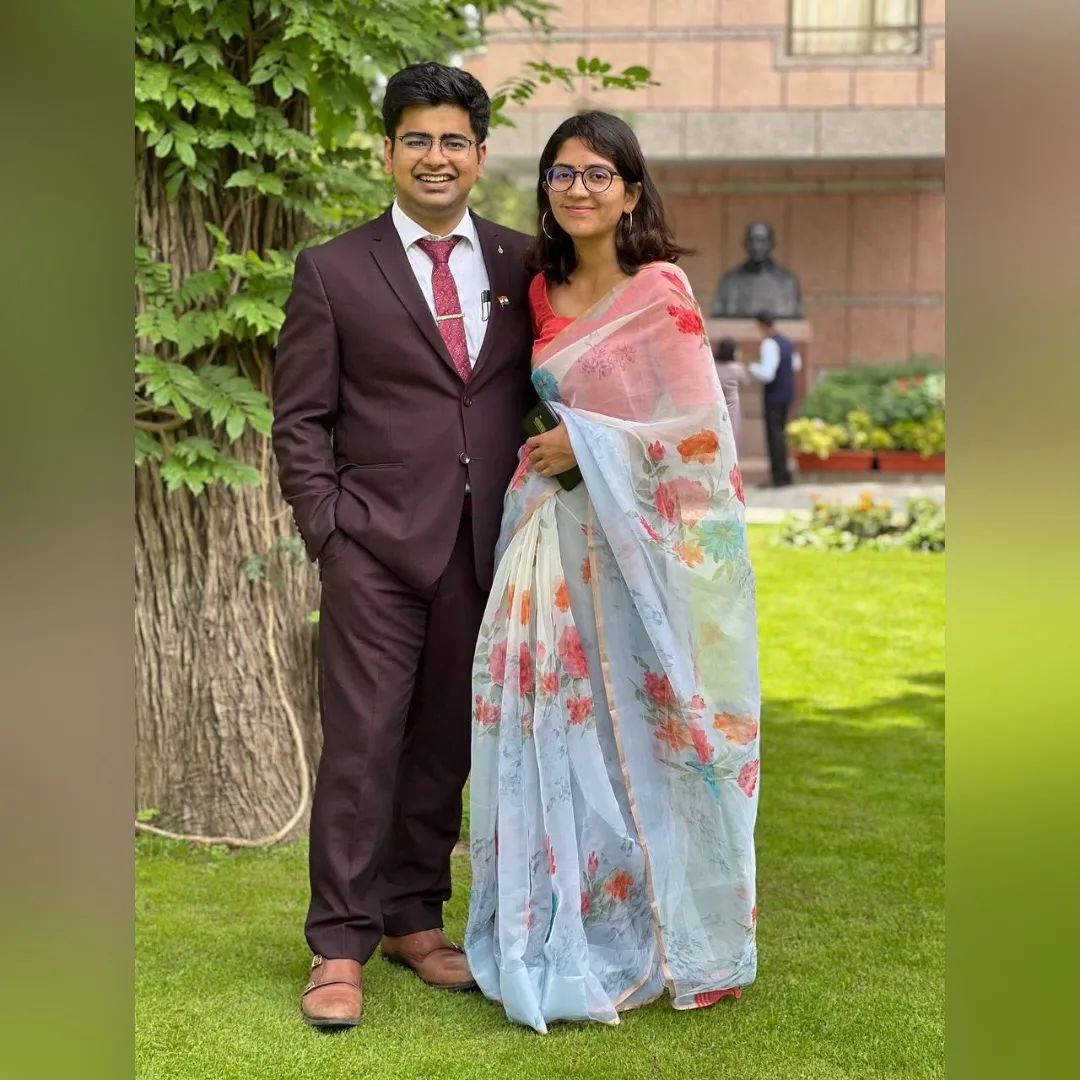







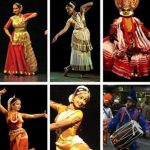

![Ancient History Notes for UPSC [Part 8] Post Mauryan images-12](https://iasbio.com/wp-content/uploads/2021/07/images-12.png)
![UPSC CSE Topper Mains Answer [Gaurav Agarwal] word-image-10753-1](https://iasbio.com/wp-content/uploads/2023/06/word-image-10753-1-150x150.png)
